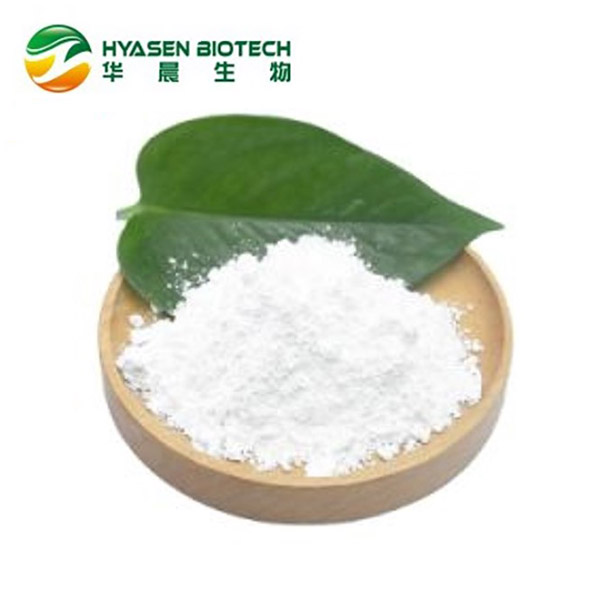Explore the mRNA universe with Cytiva. In this series, Cytiva scientists share their journey and insights on mRNA synthesis for research purposes and they share their advice on how to scale.
Impurities from in vitro transcription (IVT) – including DNA template, enzymes, NTPs, salts, double-stranded (ds) RNA, and truncated mRNA – can induce undesired immune responses and negatively impact translation efficiency. For these reasons, the mRNA must be purified. There are several options to purify mRNA: lithium chloride (LiCl) precipitation; oligo deoxythymidine (dT) magnetic particles; and chromatography. When designing a purification process, consider scalability and suitability for a manufacturing environment. Renal Function Test

Discover the pros and cons of each option, the challenges and strategies for the sterile filtration of mRNA, and more.
Enter your credentials below to log in. Not yet a member of Life Science Leader? Subscribe today.
Please enter your email address and create a password to access the full content, Or log in to your account to continue.
Please tell us more about you so that we can customize our newsletters to your specific interests:

In Vitro Diagnosis Get the latest articles from Life Science Leader delivered to your inbox.